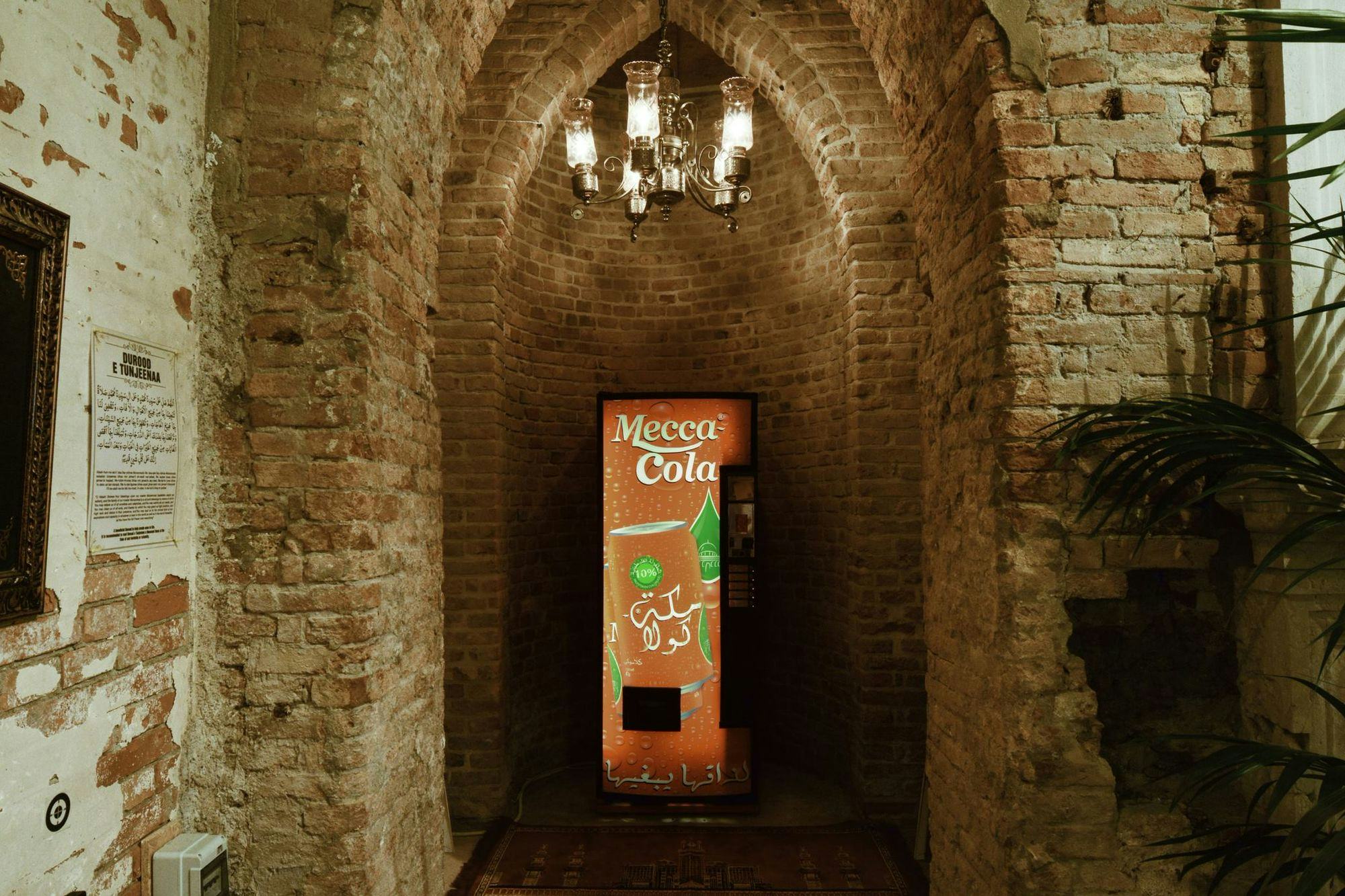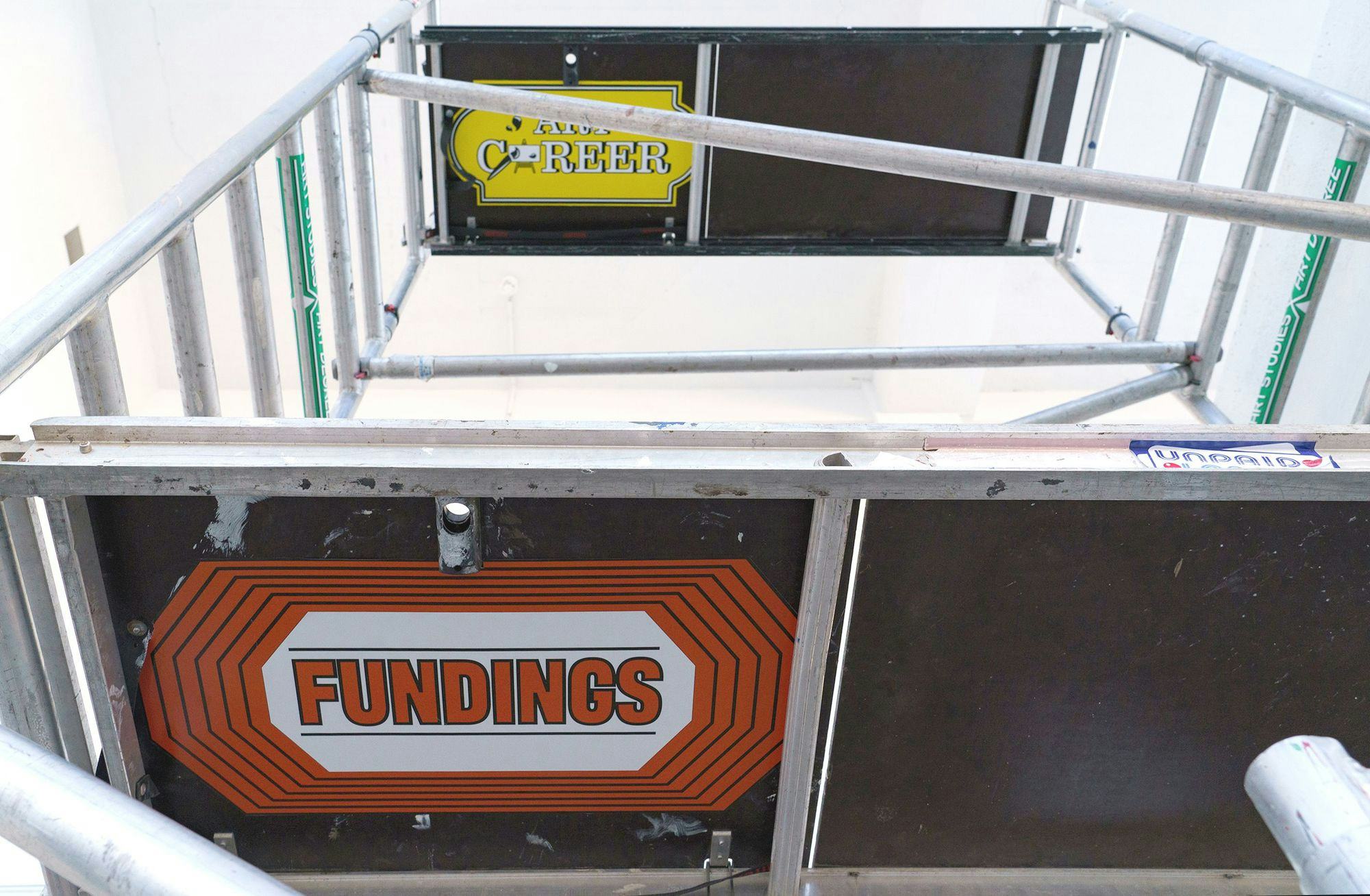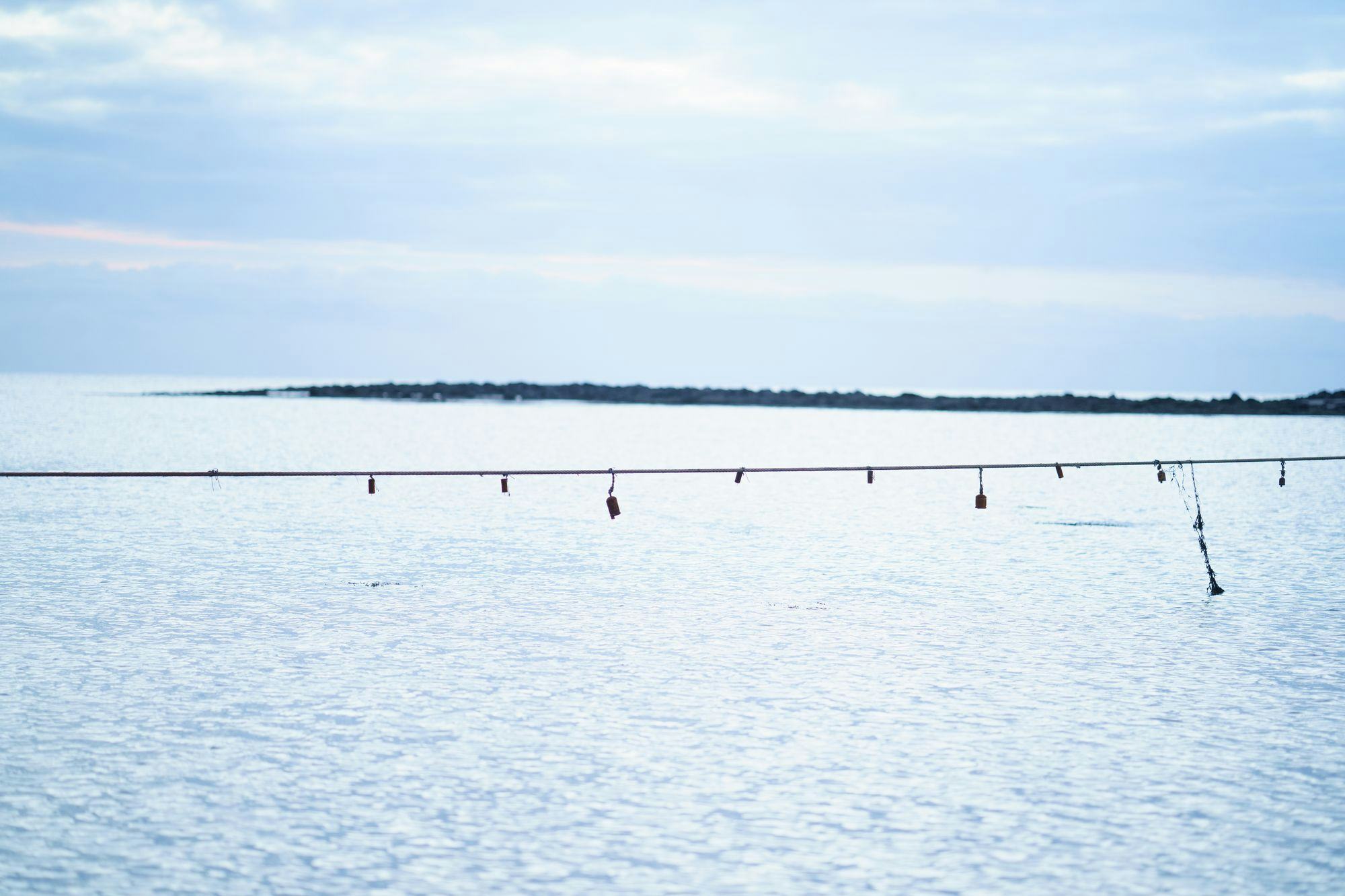Icelandic Pavilion 2015
Christoph Büchel: THE MOSQUE
Curator: Nína Magnúsdóttir

Christoph Büchel anchored the concept for THE MOSQUE in both the historical context of Islamic culture’s profound influence on the City of Venice, and the socio-political implications of contemporary global migration. Enriched for centuries by trade with the East and shaped by Arabic art, architecture, and language, Venice was home to a Muslim prayer room (though not a mosque), established in 1621 in a space inside the 13th century palazzo known as the Fondaco dei Turchi. Nevertheless and in spite of its inextricable links to the Muslim world, the City of Venice never permitted the establishment of a mosque in its historic center. The Cannaregio site of THE MOSQUE was adjacent to a section of the historic city known as the Jewish Ghetto, where longstanding political restrictions on Jewish rights and residences were instituted into law in 1516 – and subsequently applied also to Muslim merchants worshipping in Venice in the 17th century and living segregated from the rest of the city’s people. In fact, the modern English language term ghetto comes from the Venetian word “ghèto,” for the slag that was stored in a foundry in this district of the city.
The creation of mosques is a source of contention in locations around the globe. As the Venice Biennale contribution of Iceland, a country with one of the lowest immigration rates in the Western world, THE MOSQUE also created a reference point specifically for the Muslim Community of Reykjavik. The Iceland Muslim Community which was gradually becoming a part of the social fabric there, and after twelve years of political debate and media controversy, was at the time finally preparing to construct the first purpose-built mosque in the history of the nation’s capital. Although they still had not constructed it in 2023. With these events as its backdrop, THE MOSQUE draws attention to the political institutionalization of segregation and prejudice, and to settlement policies that lie at the heart of global ethnic and religious conflicts.
Mohammed Amin Al Ahdab, President of the Muslim Community of Venice, commented, “Recently, several encouraging signs of openness and understanding have come from the government of our city, from local authorities both civic and religious. But through its depth, truth, and wisdom, the Biennale project of our Icelandic friends is the greatest indicator thus far that a bright new page can be written into the history of the City of Venice through a new form of art — art that is not limited to painting and sculpture only, art that needs today all the way, the art of dialogue.”
At the Cannaregio church site of THE MOSQUE visitors could find the physical attributes of Muslim worship – the qibla wall, the mihrab, the minbar, and the large prayer carpet oriented in direction of Mecca – juxtaposed with the Catholic architecture of the Church of Santa Maria della Misericordia in a visual analog for the layering of history, religion, and culture that gave rise to both progress and conflict.
The City of Venice was the Mediterranean center of trade from the 13th century to the 15th century, when the Sultanate of the Ottoman Empire was establishing its presence. Complex religious and political issues dominated Venetian history, requiring the City to perform a cultural balancing act between East and West. The ongoing and diverse patterns of commercial and cultural interaction between Venice and the East rendered it the trading capital of the world for centuries – and the tourist attraction it is today. Evidence of Islamic influence is everywhere in Venice: The city’s unique and famous architecture is an amalgam of Occidental and Oriental styles. Venetian dialect is rich with Arabic words and inflections. The first mechanically printed Arabic Quran was published in Venice in 1537-38. The only remaining original was located in the city in 2015.
THE MOSQUE drew attention to issues that connect Venice and Iceland and shaped the dialogues about their respective futures. Venetian problems such as the commodification of culture, complete saturation by tourists, and an de-population of native Venetians that threatens to reduce the city to stasis, find parallels in Iceland via exponential increases in tourism, the commercialization and exploitation of nature, and low immigration rates.
Born in Basel, Switzerland in 1966, Christoph Büchel is recognized internationally for his conceptual projects and complex large-scale installations. Büchel often draws upon current events and politics, re-appropriating mass media sources and everyday life situations. His precise representations of reality seem to be more real than reality itself. Often the world he creates is fully functioning, and visitors forget that they are in an art installation, physically projected into other contexts and community settings that make up the contemporary world. These lifelike installations, which often also involve interaction and dialogue with specific communities, are often meticulous constructions that mirror the inner workings and hierarchies of advanced capitalist societies, contexts we pretend not to see or consciously refuse to acknowledge.
In Büchel’s work, complexity is found in the elaborate detail developed for each project. A hallmark of the artist’s work is layers of social and political commentary. Büchel locates contradictions and social inequities in the ideological forces dominating society today and finds a way, through his art, to demystify and resist these forces by revealing them as constructed realities subject to change.
Photo: The Mosque, 2015. Photography: Bjarni Grimsson


-icelandic-pavilion-2000x2667.jpg&w=2048&q=80)

